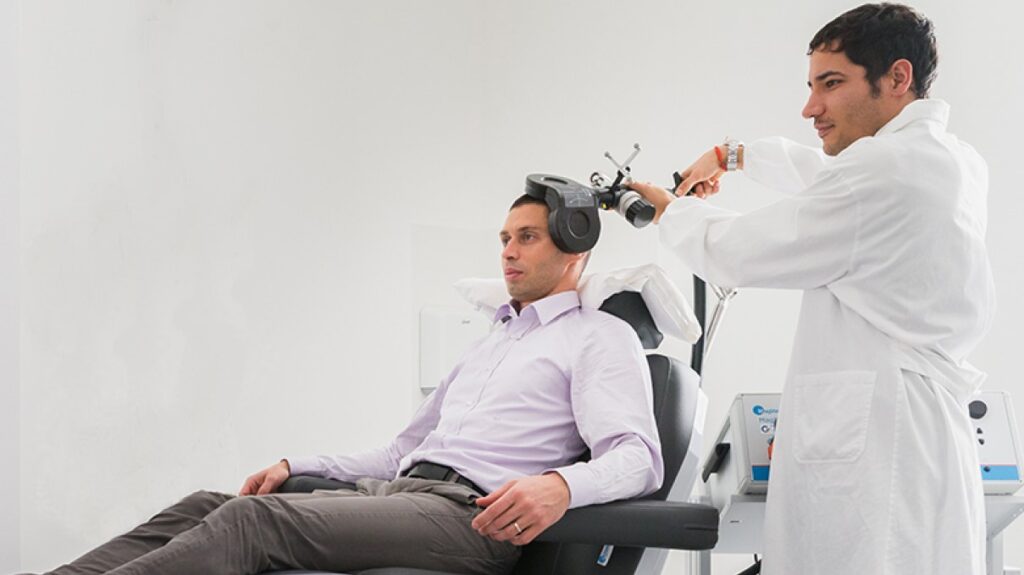So, what exactly is a Migraine?
Migraine is a disorder where individuals suffer from recurring, severe and often debilitating headaches. Classic migraine is unlike other headaches, and is typically experienced on one side of the head (from which the name is derived), often with a preceding “aura” which can involve perceptual and focal neurological signs. The headaches can be accompanied by various other symptoms, including transient disturbances of perception and even movement. The latter clinical signs are sometimes mistaken for symptoms of stroke, which is an especially distressing aspect to the headaches.
Migraines Can be Debilitating

These headaches can be incapacitating, interfering not only with one’s well-being, but also the ability to maintain many routine tasks and roles that most of us take for granted, such as being able to leave the home, go to work, prepare meals, be present for our children, and manage the daily stresses that we encounter in the usual course of life. The causes of migraine remain elusive, though there is a strong genetic (heritable) component, and research aiming to uncover the basis for it has targeted functional abnormalities both inside and outside the brain (e.g., in cranial nerves). Migraine is quite prevalent, with 15% of Americans suffering from it every year.
Traditional Medications Are Not Always Effective

There are a wide range of treatments available for migraine, including diverse medications, which aim to either abort the onset and progression of single headaches (on an event-by-event basis), or alternatively to reduce the frequency of headaches over time (for those who experience frequent headaches). Some newer medications have become available in recent years, and at times they can confer benefit when the older, more conventional medications are ineffective.
Unfortunately, many chronic migraine sufferers (who have at least one migraine headache every other day, on average) do not achieve adequate relief with these medications, often despite long periods of time in treatment with a series of medication trials. For these individuals, there is rarely a significant period of relief altogether, and they must cope and adapt as best they can to very regular incapacitating headaches. Many of these individuals also experience significant co-morbid depression, which is also often treatment-resistant. Some good news for these particular migraine patients is that non-pharmaceutical treatments have begun to emerge that can either complement or substitute for insufficiently effective medications.
TMS Can Help Relieve Migraines

One of these is TMS, which has already gained a prominent place in the armamentarium of interventions for other prevalent treatment-resistant neuropsychiatric conditions such as treatment-resistant depression (TRD) and obsessive-compulsive disorder. The empirical literature testing TMS effects on migraine is modest yet increasing, with reasonably consistent evidence for efficacy, and it is well-tolerated among migraine patients. TMS can be administered in varied ways to relieve migraine, and interestingly the approach with the most promise at present to reduce headache frequency involves stimulating the brain in an area controlling movement, rather than sensation. Because TMS is not contraindicated with any pharmaceutical that acts in the brain, it is typically quite compatible with existing drug treatments, adding considerable potential as an adjunct treatment when needed.
We Are Proud to Offer TMS as a Treatment for Migraines in a Clinical Setting

Our clinical program has been treating individuals with TRD and co-morbid migraine, and we are proud to now offer TMS treatment that specifically targets migraine as an important clinical condition in its own right. We are happy to discuss this novel treatment option with you, to ascertain how this might fit with your existing clinical needs.


Recent Comments